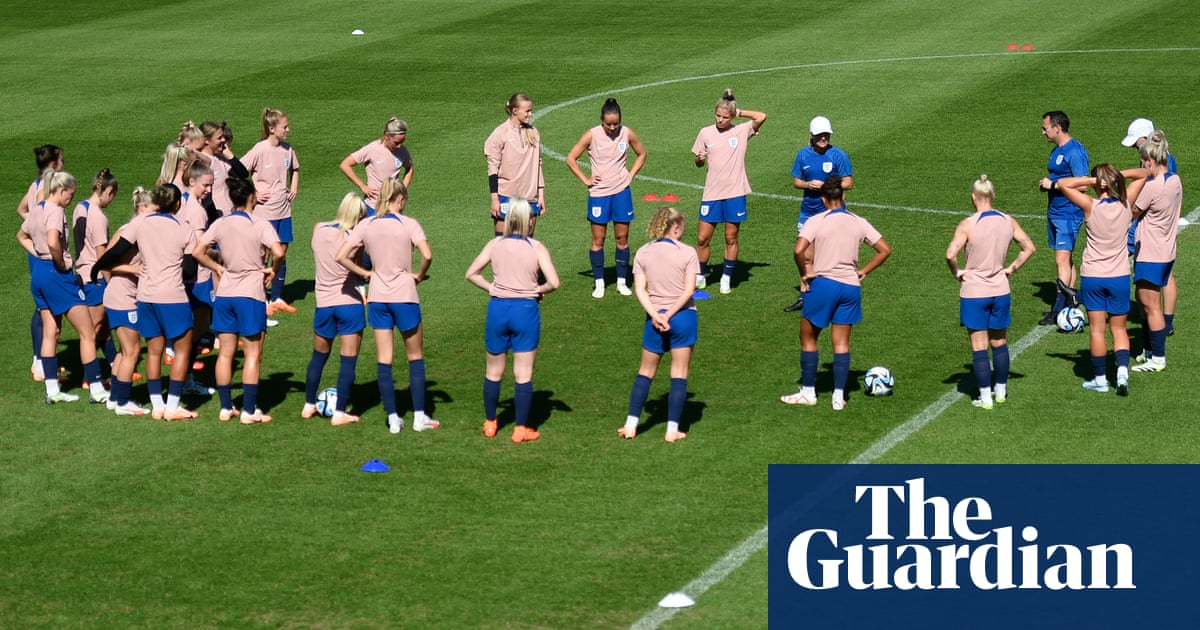
The identity of the 12 competing nations may be known, but where the matches will take place is still up in the air
Something unusual happened on Friday. FIFA announced the new rankings only for 12 teams in Asia so the Asian Football Confederation (AFC) can, on July 1, go ahead with the draw for the third round of qualification for the 2022 World Cup.
This will separate the surviving dozen into two groups of six who will battle it out from September to March, with the top two from each automatically going to Qatar. Sounds easy but while the “who” and the “when” are already decided, the issue that is going to dominate in the cramped corridors of AFC house in Kuala Lumpur over the next few weeks with countries still battling COVID-19 is “where.”
After leading Australia to top spot in Group B, coach Graham Arnold admitted that he was in the dark as to whether the Socceroos will be able to play Down Under any time soon. “You’re asking me what’s going to happen next with the Socceroos? I don’t know,” Arnold said last week. “I don’t know if we’ll play in Australia at all this year and where we’ll play overseas, I’ve got no idea.”
Ideas are starting to be thrown around, however. Officially, at the moment, the games will be played in the traditional home-and-away format but, as things stand in terms of the travel restrictions that are in place in a number of countries, there are questions as to whether this will be possible.
That will be the first priority. It is possible that given the importance most nations place on the World Cup, that hitherto-reluctant authorities will be willing to host home legs in the coming weeks and months. If enough are ready to do so (Iraq and Syria don’t play at home anyway), then even if there are a couple of serious dissenters, they will be given a choice: To follow the format or play their home legs — at least in the early stages — away.
This may not be possible, however, and could mean a huge headache.
The second half of the second round was played at centralized venues, but while there was plenty of debate, there wasn’t a huge amount of rancor. Iran were angry at being sent to Bahrain, partly as it meant they played seven out of eight games away from home but this was partly due to the fact the team were struggling at the time. Smaller teams were not in the running for top spot so didn’t mind so much being hosted in, for example, Saudi Arabia or Japan. That won’t be the case in the third round with the big boys battling for a World Cup place.
As one AFC official said, “The second round was relatively easy to sort out. Most of the big nations hosted the games and there weren’t many complaints aside from Iran. Australia also had to go away but as their government’s travel restrictions were so tight, they understood. Also, playing Nepal twice on foreign soil was not seen as a major problem but playing Japan twice in Japan would be very different.”
If there are centralized venues, the simple question is one that is very difficult to answer. Who hosts them? With the World Cup at stake, most of the 12 will be very keen to have home advantage.
“You can imagine the rows if Japan have to play all their games in South Korea or vice-versa,” said the official. There could be rotating hosts with one country hosting two or three games at a time, but this also leaves the games at the mercy of travel restrictions.
While the AFC will wait until the draw is made to really start investigating the issue, there are possible solutions. At the moment, the expectation is that it will be easier to sell neutral venues to the contenders. This happened as recently as the 1990 and 1994 World Cups with the final games being played in Singapore and Qatar respectively.
The obvious option now is Qatar. The country successfully hosted AFC Champions League games last year and with the World Cup just over a year away, it has the stadiums and the know-how and, crucially, is not involved in qualification. Officials believe there will be plenty of pushback but that would fade as countries realize there are not many better options and the important thing is just to finish qualification.
After being on the backfoot and reacting to events throughout the second round, the AFC now wants to be as proactive as possible and the feeling is that Qatar offers as much certainty as is possible at the moment.
The question then changes into when. If the games take place along the already-set FIFA windows, it means a lot of traveling for some countries and almost none for others, and there may be a push for a second neutral venue over in the east.
All 10 games (per team) taking place over an intensive month would be ideal, but back in the 1990s there were few Asian players in Europe meaning that it was a case of just organizing domestic leagues. Now, many of the biggest stars don’t play in Asia and would not be released by clubs for a month of busy football.
Some feel that the best way forward is reducing the number of games with the thinking being that, if there is a neutral venue then you don’t need home-and-away legs. Playing five games instead of 10 means that enough space can be found in the calendar.
There is no easy option, however, and that means a lot of difficult conversations following the draw on July 1.












